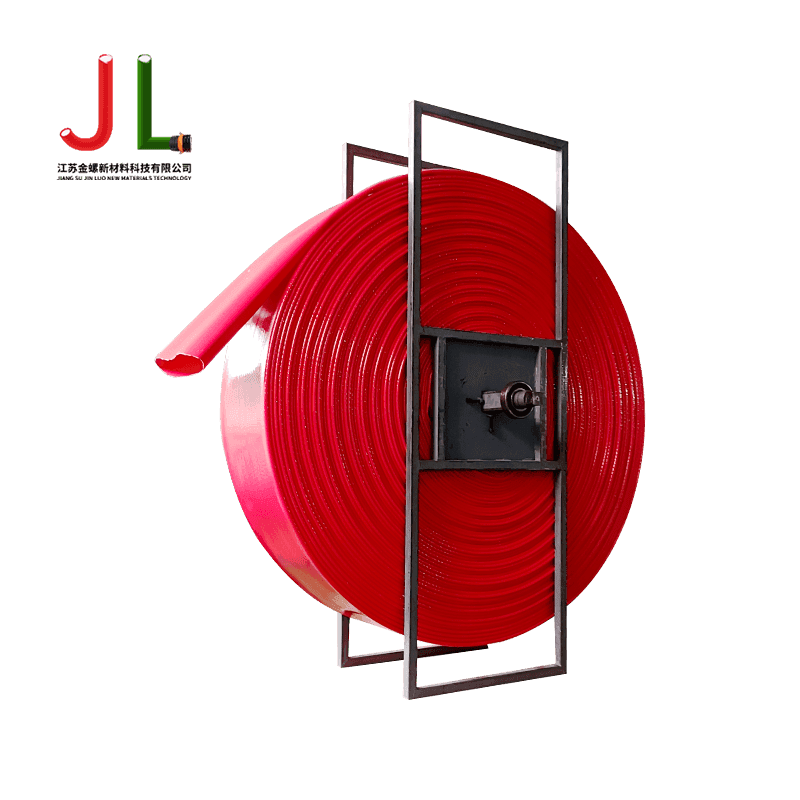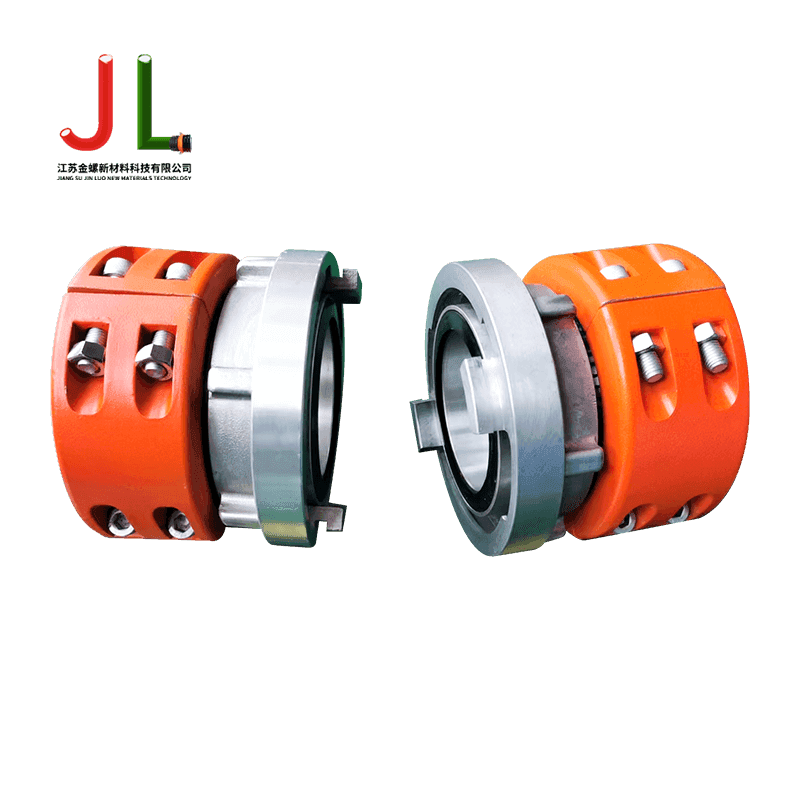Everything You Need to Know About Discharge Hoses: Types, Uses, and Maintenance
Understanding the Importance of Discharge Hose in Industrial Applications
Discharge hoses play a critical role in numerous industrial and commercial applications, serving as the vital connection between pumping systems and discharge points. These specialized hoses are designed to withstand various pressures, temperatures, and chemical exposures while maintaining flexibility and durability. Unlike standard hoses, discharge hose products are engineered for specific purposes, ranging from water transfer to handling abrasive materials.
Key Characteristics of Quality Discharge Hoses
When selecting a discharge hose, several factors must be considered to ensure optimal performance and longevity:
- Material composition (rubber, PVC, polyurethane, or composite materials)
- Pressure rating and burst strength
- Temperature range compatibility
- Flexibility and bend radius
- Resistance to abrasion, chemicals, and weather conditions
Best Flexible Discharge Hose for High-Pressure Applications
High-pressure applications demand hoses that can maintain structural integrity while offering sufficient flexibility for easy handling and installation. The best flexible discharge hose options combine reinforced construction with materials that prevent kinking under pressure.
Comparison of Flexible Discharge Hose Types
| Hose Type | Max Pressure | Temperature Range | Flexibility Rating |
|---|---|---|---|
| Reinforced Rubber | 300 PSI | -40°F to 212°F | High |
| PVC Spiral | 150 PSI | 32°F to 140°F | Medium |
| Polyurethane | 250 PSI | -40°F to 185°F | Very High |
Applications for Flexible Discharge Hoses
Flexible discharge hoses are particularly valuable in situations where rigid piping isn't practical. Common applications include:
- Construction site dewatering
- Agricultural irrigation systems
- Industrial waste removal
- Firefighting operations
- Marine transfer operations
Heavy Duty Discharge Hose for Industrial Use
Industrial environments require hoses that can withstand extreme conditions and heavy usage. A heavy duty discharge hose typically features multiple layers of reinforcement, abrasion-resistant covers, and specialized materials for chemical resistance.
Construction Features of Heavy Duty Hoses
The superior durability of heavy duty discharge hoses comes from their advanced construction:
- Multiple textile or steel wire reinforcements
- Thick, abrasion-resistant outer covers
- Specialized inner tubes for chemical compatibility
- Crush-resistant designs for underground use
- UV-resistant compounds for outdoor applications
Maintenance Tips for Longevity
To maximize the service life of heavy duty discharge hoses:
- Inspect regularly for signs of wear or damage
- Clean thoroughly after each use, especially when handling corrosive materials
- Store properly coiled and protected from direct sunlight
- Avoid exceeding recommended pressure ratings
- Use proper hanging or support systems to prevent kinking
Chemical Resistant Discharge Hose Options
When handling corrosive substances, standard hoses can deteriorate rapidly. Chemical resistant discharge hose products are specially formulated to maintain integrity when exposed to acids, solvents, and other aggressive chemicals.
Material Comparison for Chemical Resistance
| Material | Best For | Limitations |
|---|---|---|
| Viton | Strong acids, hydrocarbons | Poor for ketones, amines |
| PTFE | Extreme chemical resistance | Less flexible, higher cost |
| EPDM | Polar solvents, mild acids | Not for petroleum products |
Selection Considerations
Choosing the right chemical resistant hose involves evaluating several factors:
- Specific chemicals being handled
- Concentration levels
- Temperature ranges during operation
- Required flexibility and bend radius
- Pressure requirements
Large Diameter Discharge Hose for Bulk Material Transfer
For high-volume applications, large diameter discharge hose products provide the necessary flow capacity while maintaining manageable weight and flexibility. These hoses typically range from 6 inches to 24 inches in diameter.
Applications Requiring Large Diameter Hoses
Large diameter hoses serve critical functions in several industries:
- Dredging operations for sediment removal
- Mining operations for slurry transport
- Wastewater treatment plants
- Bulk material handling in agriculture
- Oil spill recovery operations
Installation Considerations
Working with large diameter hoses presents unique challenges:
- Requires proper support systems to prevent sagging
- Needs adequate space for proper bending radius
- May require specialized connection fittings
- Often benefits from flotation devices for water applications
- May need reinforcement at connection points
How to Choose the Right Discharge Hose for Your Specific Needs
Selecting the appropriate discharge hose requires careful consideration of multiple factors to ensure safety, efficiency, and cost-effectiveness.
Key Selection Criteria
Evaluate these aspects when choosing a discharge hose:
- Material compatibility with the substances being transferred
- Operating pressure requirements
- Temperature ranges (both ambient and material)
- Flexibility needs based on installation requirements
- Abrasion resistance for the operating environment
Cost vs. Performance Considerations
While budget is always a factor, it's important to consider total cost of ownership:
- Higher quality hoses often have longer service life
- Specialized materials may justify higher initial costs
- Proper sizing can improve efficiency and reduce energy costs
- Consider maintenance requirements and replacement frequency



 English
English عربى
عربى 中文
中文













